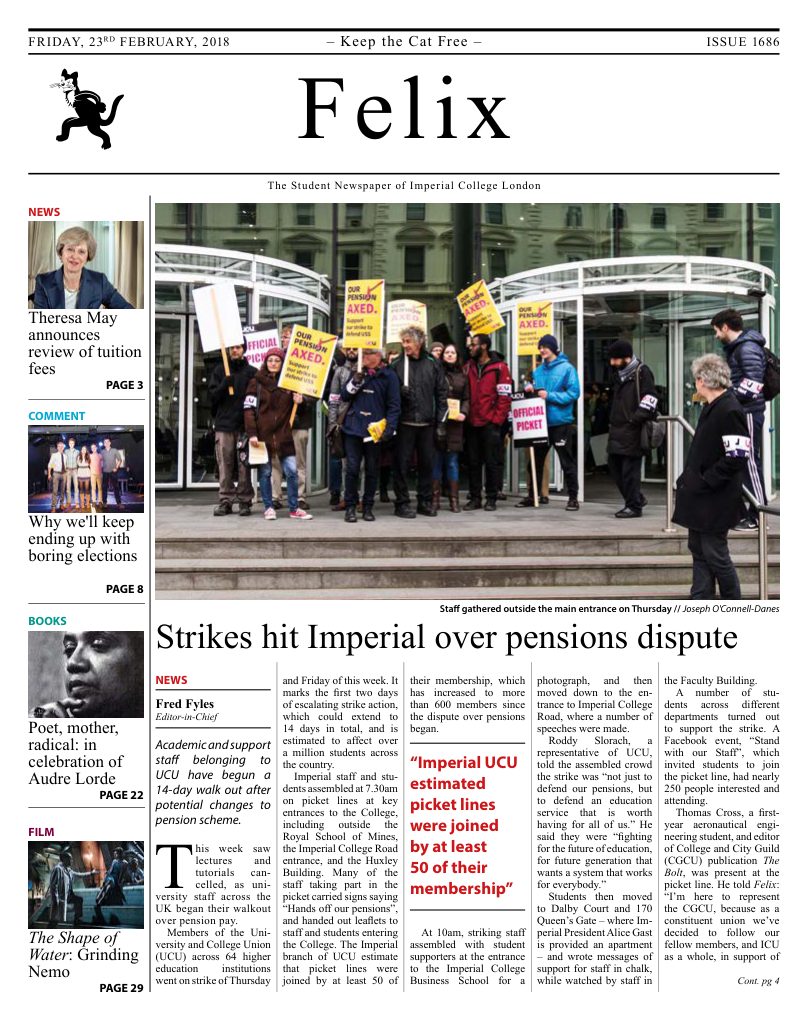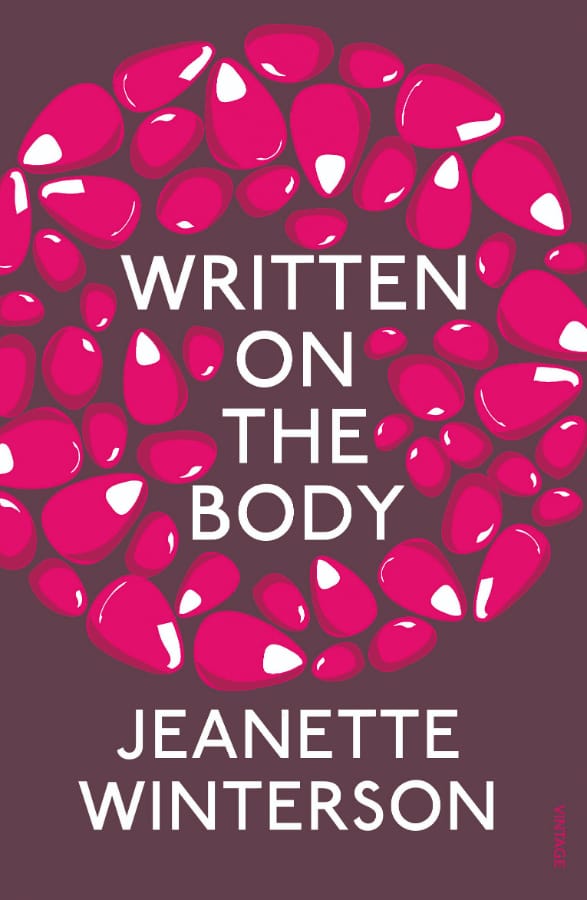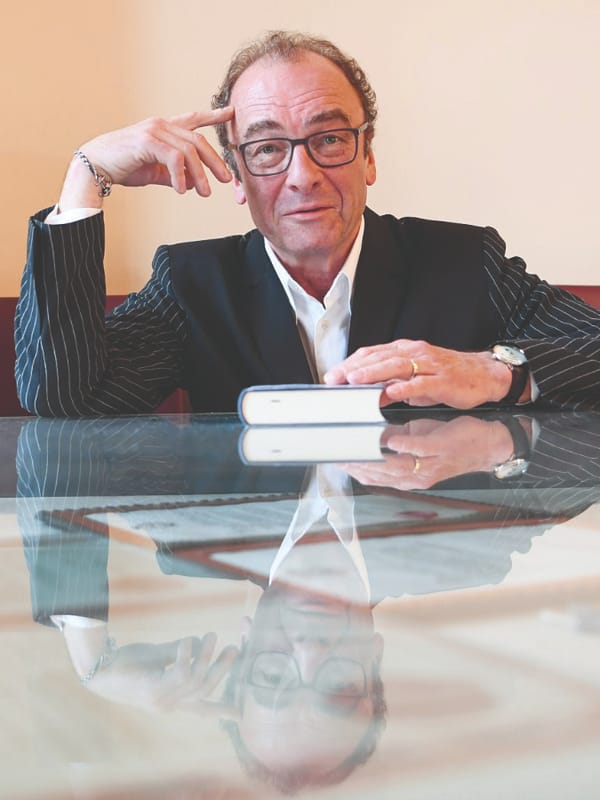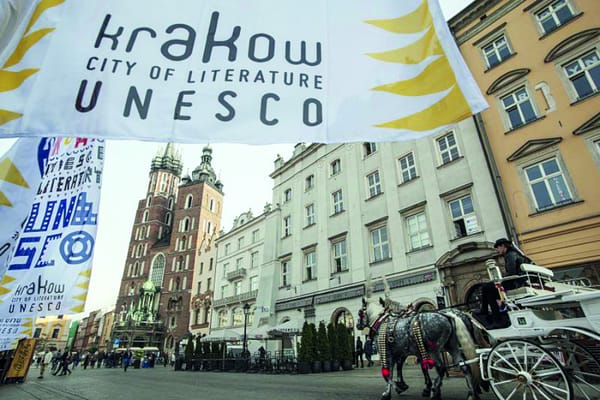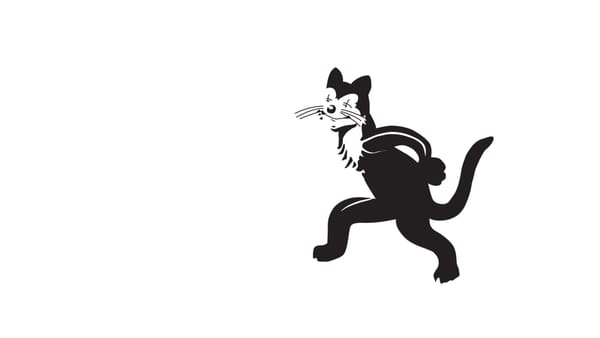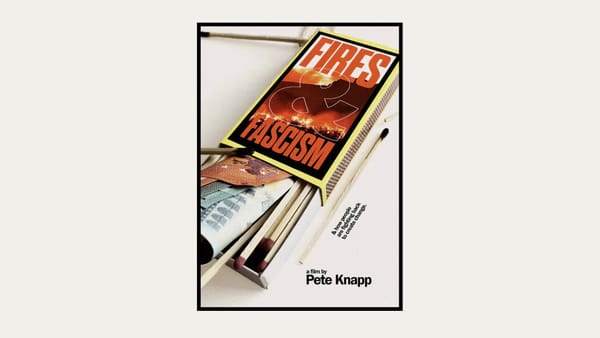Raising the portcullis: uncovering queer literature
As part of the UK’s LGBT History Month, Books Editor Jingjie Cheng introduces her rainbow reading list in the second article of the series.

The book that first led me to the wonderful world of queer literature was Oranges are Not the Only Fruit by Jeanette Winterson. As one of our A level texts, Oranges provided me with a first hand account of what it was like to grow up as a lesbian girl, especially within a conservative, ultra-religious family. A bildungsroman of a lesbian girl involves self-discovery, and an honest exploration of sexuality and identity. Packed full of quotable lines, both for their humour and insight, Winterson’s novel was immensely enjoyable, and opened my eyes to queer narratives.
A few years after, I came across another Winterson book – Written on the Body, which was a loftier look at lesbian love, from a narrator that seems more settled in her identity than in Oranges. I read it as a female narrator, but their sex is never specified – meaning that reading it as a same-sex relationship says as much about the reader as the author; or perhaps, how much the reader knows about the author.
The narrator is involved in a blissful relationship with a married woman, one that embodies passion, kindness, and innocence. In contrast, the heterosexual marriage is destructive and breaks things apart. Using descriptions of body parts to anatomical detail, the narrator sings her love and desire for her partner, embodied in the lyrical metaphors that worship her body in all its beauty and flaws.
Carol Ann Duffy’s poetry celebrates same-sex relationships in lyrical form, painting images and creating metaphors that turn heterotypical romance and sex on its head. In her poem ‘Girlfriends’, the graphic nature of ‘your mouth to the red gold, the pink shadows’ is balanced by the gentle, feminine colours, and the softness of ‘shadows’. Lesbian sex is described as delicately beautiful - in the moment of climax she saw her ‘fingers counting themselves, dancing’ in the air.
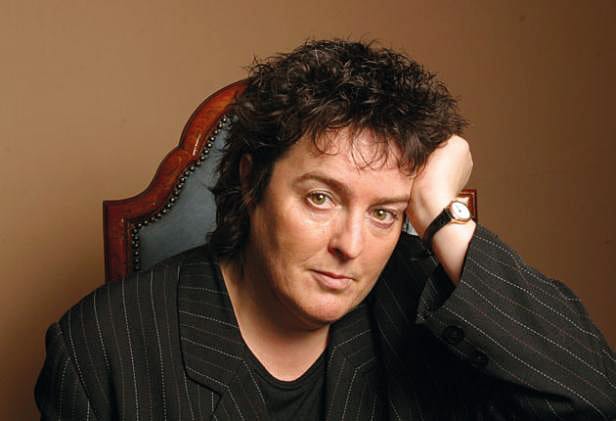
Rather than being focused on lesbian relationships, as the above are, Jackie Kay’s Trumpet is a nuanced look at the ambiguity of gender demarcations in relationships, and the strength of love that transcends all societal boundaries.
The relationship between Millie, and her husband, Joss, who is a biological man living as a woman, has been distilled to the most pure form - not one between a man and a woman, nor between two women (as society tries to pigeonhole them as), but one between, simply, two people. The book follows the media’s dogged pursuit of the matter of Joss’ ‘real’ gender, as we see a family torn apart by attempts to label their relationship. Trumpet is an incredible exploration of how inflexible, yet inherently superficial, labels can be, and what it takes to shake them off.
The classic tale of gender fluidity has got to be Virginia Woolf’s Orlando, where a young aristocratic man changes his sex halfway through the book and becomes a woman.
Gender fluidity and ambiguity permeate every aspect of the book, from Orlando’s object of attraction as a man to her independent nature as a woman determined to publish her poetry. The moment of sex change is described as entirely mundane, where simply, ‘he was a woman.’ And then he went to have a bath. The unceremonial nature of the scene emphasises the smooth transition between the sexes, as if it was not a big deal at all. Orlando’s gender identity at any point in time is determined by his ‘performance’, and is not an inherent fact.
“The exciting diversity of the human community needs to be accessible and available”
LGBT themes have also flourished in fiction inspired by more recent history. Larry Kramer’s The Normal Heart is a play based on his own struggles to get AIDS in the gay community of 1980s New York recognised by the government, which, at the time, was seen as a ‘gay disease’ and largely ignored as people continued to die. This forms a significant part of the solidarity of the gay movement and fight for recognition.
Just slightly further ahead in time, Tony Kushner’s Angels in America explores the situation of AIDS in New York and how it impacts individual lives and relationships. Drawing parallels between the relationship between a gay couple and the larger trajectory of America’s society, the play explores the idea of ‘movement’ - society’s relentless march towards progress, and the danger of stalling. ‘The world only spins forward,’ says Prior, a gay man stricken with AIDS, expressing hope for the future of the gay community - ‘we will be citizens’ - as well as hope for the future of America and its national consciousness.
Everyone’s journey into queer literature is personal, and will be shaped by the specific books we chose to read at a specific times in our lives. These were the books that touched me and helped to lift the veil of the largely heterotypical literature out there by telling the stories from the margins. The exciting diversity of the human community needs to be accessible and available - as a celebration of difference, but at the same time also to combat bigotry and to tell others that they are not alone.


